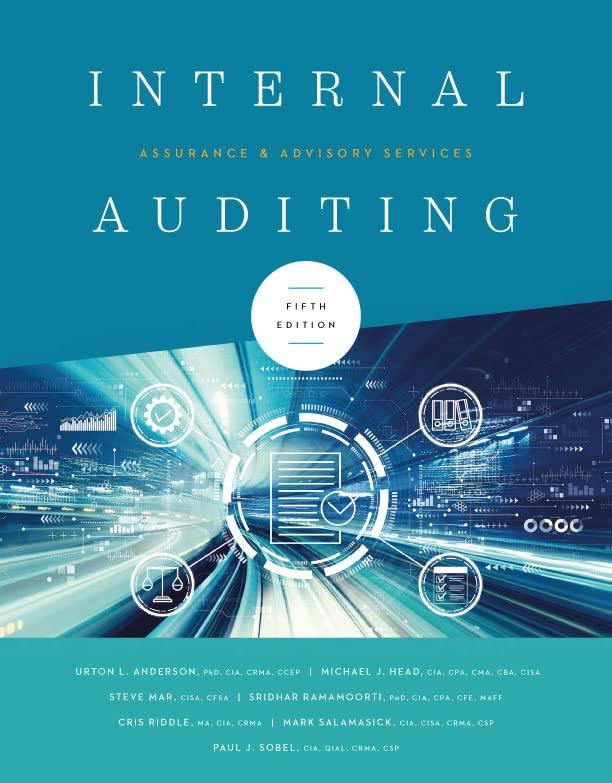El. "Plastic waste only accounted for 11 percent of the total waste generated in Singapore in 2017. It is unclear what proportion of this 11 percent is due to plastic bags and whether a ban would have a lasting effect in reducing plastic waste. According to data from NEA and Department of Statistic Singapore, plastic waste generated per capita per year has been on the decline since 2014. While the total population in Singapore has grown since 2014, the amount of plastic waste generated in 2017 fell 9,400 tons compared to 2014. This apparent fall in the use of plastics might well be part of the reason why the Singapore government has decided to focus efforts on other forms of waste. Hazardous waste streams such as electronic waste (e-waste) and food waste account for an equal or higher proportion of trash produced in Singapore and can pose a much more serious environmental problem if not treated properly. E-waste consists of various heavy metals such as mercury and lead that cannot be treated by incineration or direct landfilling, and will continue to pose a toxic risk for years. Food waste, on the other hand, has little value as fodder for incineration and can potentially become a hotbed of diseases if not treated properly. The good news is both e-waste and food waste have a higher recycling value than plastic waste and are easier to recycle. If the government truly intends to reduce Singapore's environmental impact, resources should be channeled to reduce these two waste streams instead of plastic bags". A. Imagine you are an owner of a plastic bag manufacturing company operating in Singapore, what will be the effect of the plastic ban on the valuation of Property Plant and Equipment of your company. B. A software the company provides online services to many clients all over the world. The company has expensive servers to store their information and data. As the data is from all around the world it is very valuable. The company also maintains three diesel power generators. In case of any power failure in the premises, automatically generator 1 activates and provides clectricity to the company and its servers. In case generator 1 is not operating then, the company uses the other two substitute generators Required: Do you consider all the generators are classified under PPE or not? Justify your







